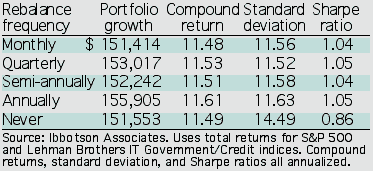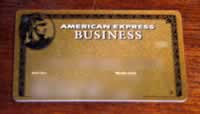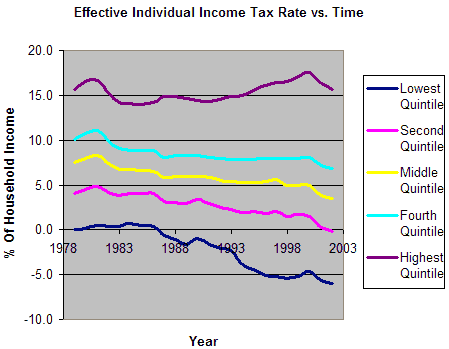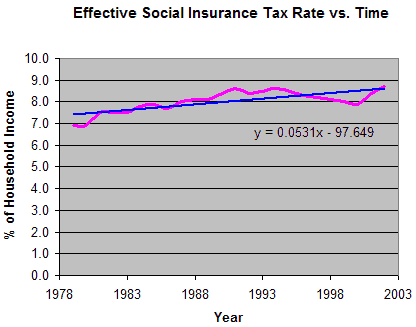KeyBank is once again offering a free iPod Nano for opening a checking account and making either two direct deposits or automated payments of $100 or more. Last time around, online ACH transfers from another bank worked fine as a direct deposit, there was no hard credit pull done, and I got my iPod as promised. The catch is that I think you must live in an area that KeyBank serves to open an account. They state that the value of the iPod will be reported on a 1099-INT, although I can’t recall if I got one for 2006.

Selected Fine Print:
You must open a Key Express Free Checking (this is the basic banking account in NY) or a Key Advantage Checking Account between July 21, 2007 and August 24, 2007, and make a combination of two direct deposits and/or automated payments each of $100 or more by October 26, 2007 and you will receive your iPod? by December 15, 2007. Automated payments excludes Key Bill Pay and debit card automated payments. Offer available to individuals without an existing checking account at KeyBank as of July 20, 2007…

 Let’s continue with the 401k/403b Rollover discussion. Previously, I explored some
Let’s continue with the 401k/403b Rollover discussion. Previously, I explored some 
 I have been neglecting some of the supporting pages on this blog, so I spent some time tonight freshening them up:
I have been neglecting some of the supporting pages on this blog, so I spent some time tonight freshening them up:

 The Best Credit Card Bonus Offers – March 2024
The Best Credit Card Bonus Offers – March 2024 Big List of Free Stocks from Brokerage Apps
Big List of Free Stocks from Brokerage Apps Best Interest Rates on Cash - March 2024
Best Interest Rates on Cash - March 2024 Free Credit Scores x 3 + Free Credit Monitoring
Free Credit Scores x 3 + Free Credit Monitoring Best No Fee 0% APR Balance Transfer Offers
Best No Fee 0% APR Balance Transfer Offers Little-Known Cellular Data Plans That Can Save Big Money
Little-Known Cellular Data Plans That Can Save Big Money How To Haggle Your Cable or Direct TV Bill
How To Haggle Your Cable or Direct TV Bill Big List of Free Consumer Data Reports (Credit, Rent, Work)
Big List of Free Consumer Data Reports (Credit, Rent, Work)